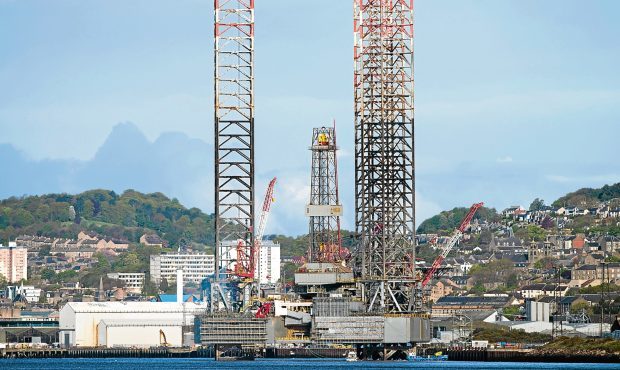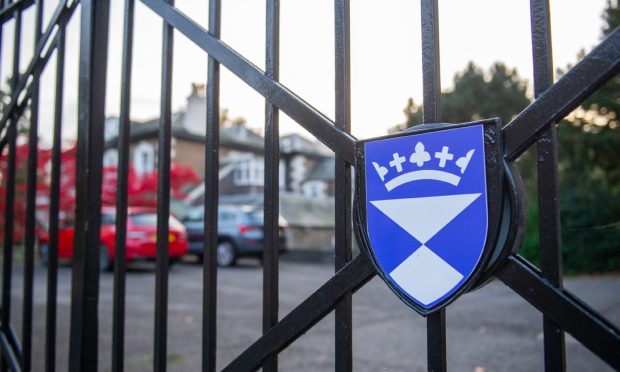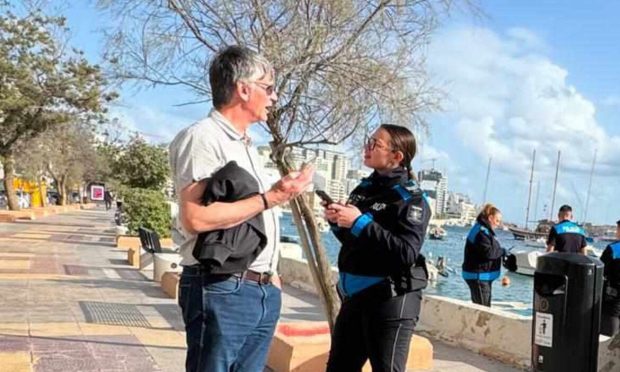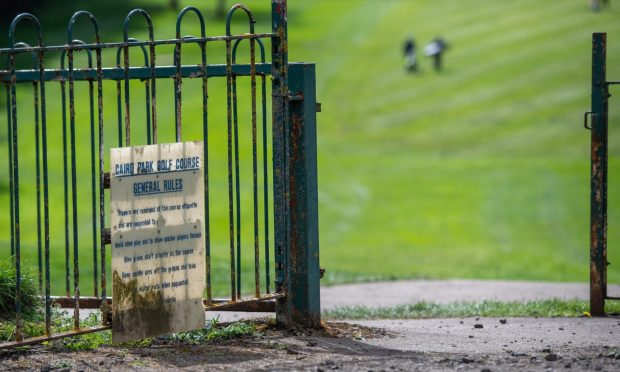Dundee’s bid to become a centre for large-scale oil and gas decommissioning projects was rejected because the approach to the port is “too shallow”.
Despite owners Forth Ports investing £10 million to ensure the port was capable of handling large-scale projects, Shetland was chosen earlier this month as the best site to carry out large-scale oil and gas decommissioning projects.
Consultants Ernst and Young decided Dundee was unsuitable after just the first of its three testing stages.
Its full report is still to be published but energy minister Paul Wheelhouse revealed the reason for Dundee’s rejection in a response to a written parliamentary question by Conservative MSP Bill Bowman.
He said the approach to the docks only has a depth of six metres, not the nine metres required, and with dredging work, the approach to Dales Voe in Shetland will be 24 metres deep.
He said: “Although Dundee is suitable for a range of decommissioning works, because the approach depth was insufficient for those projects requiring a deep water port, it was therefore not assessed further than Stage 1, as the depth in approach channel did
not meet the required criteria in this stage.”
Stuart Wallace, chief operating officer of Forth Ports, which owns the Port of Dundee, hit back, saying the dock was easily capable of handling large-scale decommissioning work.
He said: “The Port of Dundee has the largest permanent quayside crane, strongest quayside and biggest indoor decommissioning facility in Scotland.
“The port is strongly positioned for decommissioning work following significant private investment by its owner, Forth Ports, and its partners who have based their businesses at the port, including Oilmac and Augean. This creates a strong decommissioning hub offer for the market.
“The Port of Dundee regularly welcomes large offshore jack-up rigs into the Tay and can handle all vessels that any other East of Scotland port can currently accept. There are only three vessels operating in the market that require 30m+ water depth to operate, however this is a very small part of the total market.
“With additional investment, the approach channel to the port could be enhanced to further improve the port’s marine capabilities.”
Opposition politicians have demanded the Scottish Government do more to promote Dundee as a site for decommissioning work because of its advantages over other ports, including Dales Voe.
Mr Bowman said: “It is disappointing to be told that Dundee did not pass the first test in the Ernst & Young document, although the SNP has still yet to publish the details.
“It may be that private investors would have had creative solutions to the depth challenge.
“But Dundee has much to offer beyond the depth of its water and we now need to push on and see real progress from the SNP Government to do that.
“Dundee – and affiliated sites in Angus and Fife – require promotion and technology to flourish as a decommissioning hub.
“The emerging North Sea sector could be worth £40 billion between now and 2040.”
Dundee-based Labour MSP Jenny Marra added: “The Scottish Government need to realise that the waterfront regeneration will be even more successful if good Dundee jobs come with it.
“We need to be firing on all cylinders so investing in decommissioning work for Dundee should be part and parcel of the SNP’s commitment to Dundee.
“It doesn’t stop with the V&A. It’s a great new start that needs a full economic plan from the Scottish Government for industry and investment.”
Callum Falconer, the chief executive of Dundeecom, the public-private partnership set up to create a decommissioning industry in Dundee, said earlier this month investment in Shetland was undermining the work already under way to turn Dundee into a “decommissioning-ready” city.










